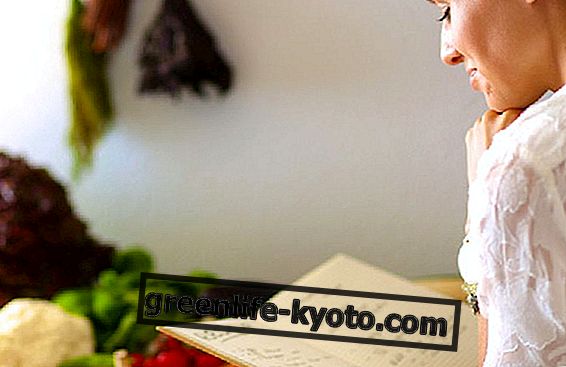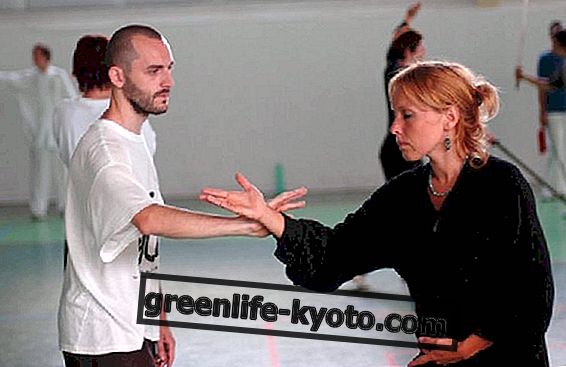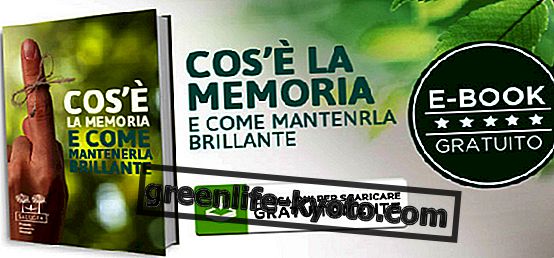
The I Ching: not just divination
I Ching is one of the oldest divinatory methods known and widespread in the East. Used mainly by emperors and high officials of the state, the I Ching has been widespread in the West since the 1960s.
This sort of arcane is, however, much more than an esoteric practice brought to the fore by the new age: it aims to represent the reality and the possible unfolding of situations. This is why his name is also a "book of changes" : starting from a given experience he outlines his evolution.
The I Ching illustrates how, from 64 situations applicable to any difficulty and question, as many and more possibilities of resolution and response can be drawn.
To interrogate the I Ching they were used, anciently, of sticks obtained from the stalks of achillea, counting which the trigrams and the hexagrams were composed.
Another method, which is also used in the West, is the throwing of three coins and the combination of results.
In the shadow of the I Ching by Alejandro Jodorowsky
One of the first and most important modern men of literature and science to take an interest in the I Ching was Carl Gustav Jung, founder psychoanalyst of the homonymous current of analysis, explorer of the shadowy part of each individual, of archetypes and of the synchronicity of life .
He saw the I Ching as a cosmogony capable of tracing multiple aspects of the same apparent reality.
In the same way Jodorowsky, who much of Jung's teachings apply to his work, approaches the hexagrams of the I Ching as a text capable of giving new and stimulating insights.
His book "All'ombra dell'I Ching" does not investigate the divinatory method, but expresses, in the poetics that is so characteristic of Alejandro Jodorowsky, the meaning of the 64 hexagrams, so that they can be applied to fundamental situations in the life of each one.
The book can therefore be read for three reasons and for three purposes : to enjoy the poetry of an author who fascinates his readers through the use of language and art applied to the sacredness and the mystical part of reality; access to ideas for further reflection and interpretation of the divinatory method, if already known the I Ching and the methods of consultation; have at hand 64 daily meditations led by Jodorowsky himself.
The language is deliberately evocative, to let the words come to be entirely personal inspiration in the reader.
The shadow, mentioned in the title, is, in this book, both the unknown part of reality, and the refuge and resting place of a restless mind and in search of a sense a latere, deeper, a meaning that can only be expressed through poetry and metaphorical language, richly used, in this book, as in all his books and films, by Alejandro Jodorowsky.
This is a small booklet, as small as it is dense, which can speak with new words every day, because every day we can focus the attention of the meditation we choose on an ever-changing aspect of reality and imagination.













